All about the sizes of mineral wool
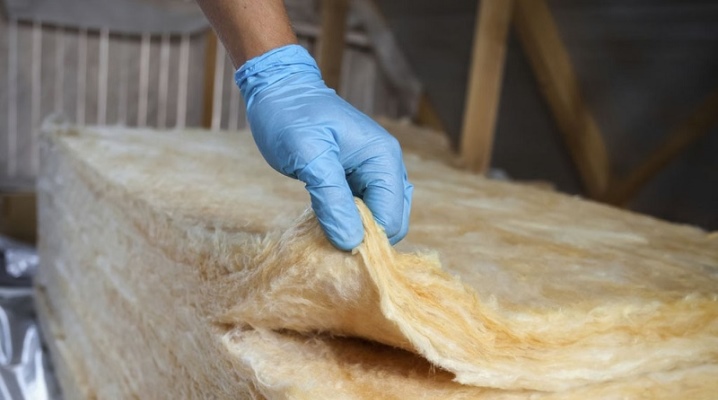
The modern market is full of various materials for home insulation. One of the options for good insulation is mineral wool. Before using it, it is advisable to familiarize yourself with its characteristics and types. This is necessary in order to find the best option that will meet the stated requirements. The choice of mineral wool is also influenced by its parameters, including length, width and thickness.
When are dimensions taken into account?
In construction, it is difficult to do without insulation, because it is used in each of the areas. When using it, you need to understand how much material will be needed for interior or exterior work. Therefore, it is necessary to know what standard sizes of mineral wool are presented by modern manufacturers. It is especially important to take into account the dimensions of the insulation for working with flooring inside buildings, as well as for decorating heat insulation outside. In this case, it is advisable to draw up a diagram in advance before purchasing materials. It is important to know the parameters of the insulation in order to make good thermal protection, which will fully correspond to the climate in the region. In addition, such data will significantly reduce the time when creating an estimate.
Without the size of the sheets of mineral wool, it will be difficult to insulate the floor or attic. And also the values of the dimensions of the insulation will help to build the correct frame, which is necessary when working outside the building. Knowing the length and width of the sheets, it will be easier to install them, since the time for cutting will be reduced, and there will be no unnecessary joints.

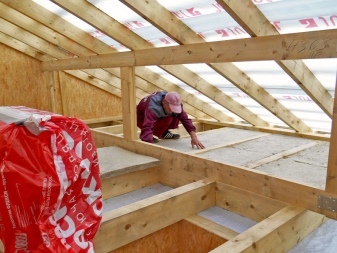
Standard sizes
Mineral wool has a standard slab size of 1000X500 mm. However, each bundle may contain a different number of sheets. When choosing a heater, it is important to take into account the density indicator. This parameter affects the endurance of mechanical loads and resistance to deformation. It is believed that it is better if this figure is higher.
The sphere in which it is better to use mineral wool also depends on the rigidity. Several options are currently presented by manufacturers.
- Lightweight, the density of which is 10–35 kg per m 3. Such insulation is used for frame structures as a sound insulator.
- Elastic with a density of 35-120 kg per m 3 is chosen when it is necessary to insulate the walls. It has convenient dimensions that can be easily cut to fit a variety of configurations. Able to withstand light loads.
- Hard has a density that varies from 120 to 180 kg per m 3, which makes it suitable for ventilation systems, baths, as well as for thermal protection of premises in industries.
As a rule, the width of the mineral wool is chosen depending on the climate, which differs in different regions. So, in the regions in the south, sheets with a width of 120 to 180 are used, and in the center - from 180 to 240 mm. As for the northern regions, only sheets with a width of 36 cm or more are suitable here.
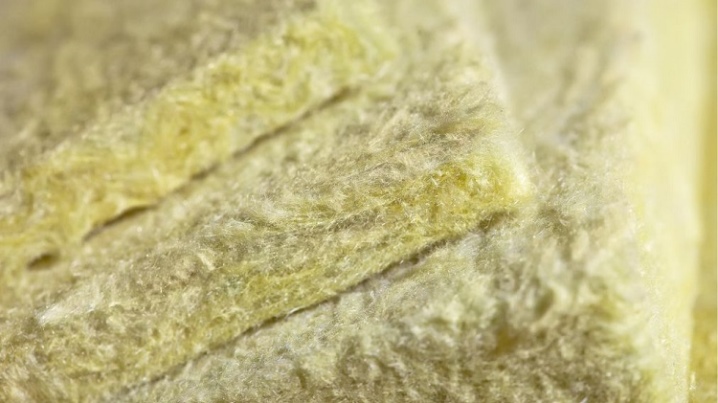
Minvata must be attached to the frame. At the same time, it has a number of advantages, including high vapor permeability, no shrinkage and deformation when exposed to temperatures. Typically, the standard size of such a plate of insulation is 1000X500X50 mm. For atypical facades, an option with dimensions of 120X60X20 mm is provided. For ceiling insulation, it is important to take into account the region of residence. The correct calculation of the required parameters can be done using a special online calculator. Such a program, in addition to climatic features, takes into account the thickness of each layer of the structure and the thermal conductivity of the layers.
It is worth noting that manufacturers of roofing insulation produce products taking into account the design of the roofs.For example, for pitched roofs, sheets with a size of 5500X1200X150 mm from Knauf, 610X1220X50 mm from Paroc, as well as 1170X610X50 mm from Isover and 100X60X5 / 10 mm from TechnoNICOL are suitable, and for flat - 1200 / 1800X600 / 900/1200 mm from Paroc and others. For walls inside and outside, sheets of mineral wool with a length of 1200 and a width of 100 mm are suitable. In this case, the thickness should vary from 25 to 50 mm. It is worth clarifying that mineral wool is suitable even for rooms with high humidity, sandwich panels and ventilated facades. When facade mineral wool is laid, a horizontal or vertical method is used.
If the floors are insulated from metal or reinforced concrete, then you can use sheets with a density of at least 150 kg per m 3. In the event that fire-fighting properties are important, then it is better to choose a material whose density will be from 200 kg per m 3. Insulation with parameters 600 by 800 mm and with a density of 100 kg per m 3 is excellent for floor insulation.
In this case, the dimensions can be adjusted to the dimensions of the covered area.

Dimensions of insulation of different brands
When choosing mineral wool as a heater, it should be borne in mind that the dimensions of the slabs will differ for each manufacturer. The most popular among consumers are materials from well-known brands.
Knauf
This company takes basalt and fiberglass as the basis for mineral wool. Insulation, as a rule, is presented in slabs or in rolls. Thermal insulation materials are suitable for partitions, ceilings and as sound insulation. The parameters are determined by the series.
- Acoustic is a structure consisting of 2 layers. Each layer has dimensions 7500X610X50 mm.
- "TeploDom" is a tiled mineral wool produced using 3D elasticity technology. The length of the sheets varies from 1230 to 6148, the width is from 610 to 1220, and the thickness is from 5 to 10 mm.
- The “cottage” is available in slabs and in rolls and has dimensions of 1230 by 610 and 6148 by 1220 mm, respectively. In this case, the thickness of the material is 50 mm.
- "Cottage +" is represented only by insulation in slabs, the thickness of which is 100, the length is 1230, and the width is 610 mm.
- The Insulation series includes the Termoplita tile ruler with standard parameters 1250 x 600 mm and the Thermoroll roll - 1200X10,000 mm.
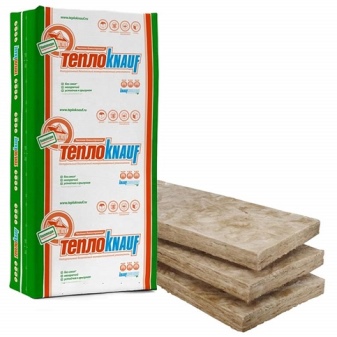
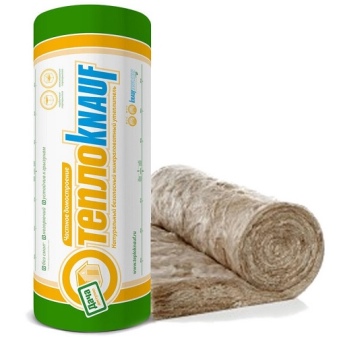
Isover
Due to various technologies, the brand produces insulation in different variations.
- The P-32 frame differs in parameters 1170 by 670 mm, and the thickness of the slabs can vary from 40 to 150 mm. The most popular are sheets with a thickness of 75 and 80 mm.
- The P-34 frame has a standard length of 1170 mm and a width of 565 mm. As for the thickness, it can be from 40 to 200 mm.
- Rigid sheets of mineral wool are presented with dimensions of 1550 by 1180 mm and with a thickness of 30 mm.
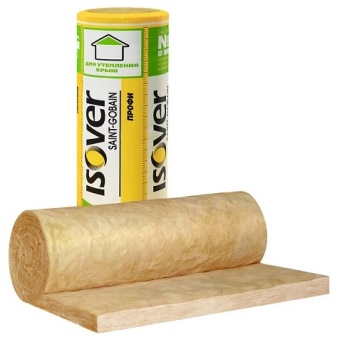
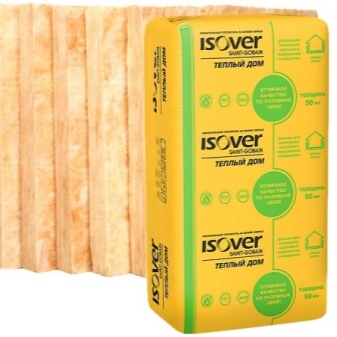
TechnoNICOL
The company is engaged in the production of professional insulation materials. Minvata is produced in the form of soft, semi-soft and hard plates. All sheets have a standard size of 1200X600 mm. Only the thickness can vary from 40 to 250 mm. The brand has several series that differ in purpose:
- "Rocklight" is suitable for floors, various ceilings and attics;
- "Technovent" was created for the insulation of facades;
- "Basalit" is intended for attics and all types of roofs.
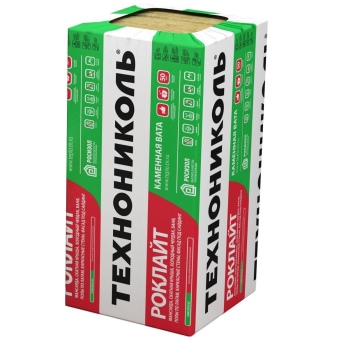
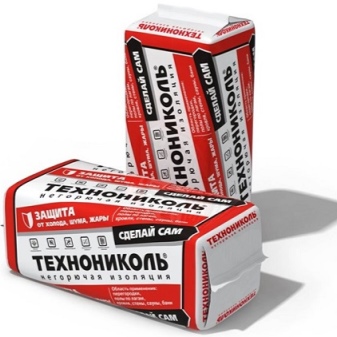
Rockwool
The manufacturer presents non-combustible wool with high moisture resistance in various series.
- "Sauna" is a modification with aluminum foil. The slab thickness ranges from 50 to 100 mm, the length is 1000 and the width is 500 mm.
- "Light Scandic" - these are sheets hydrophobized, presented in 2 versions: 1200X600X100 / 150 and 800X600X50 / 100 mm.
- "Light" made of 2 layers, which makes it optimal for internal insulation, for floors and roofs. Standard parameters: 1000X600X50 and 1000X600X100 mm.
- Flor due to its high strength, it can be used for floors on the ground, above basements, on reinforced concrete foundations. All slabs of this series are made in the same size 1000X600X25 mm.
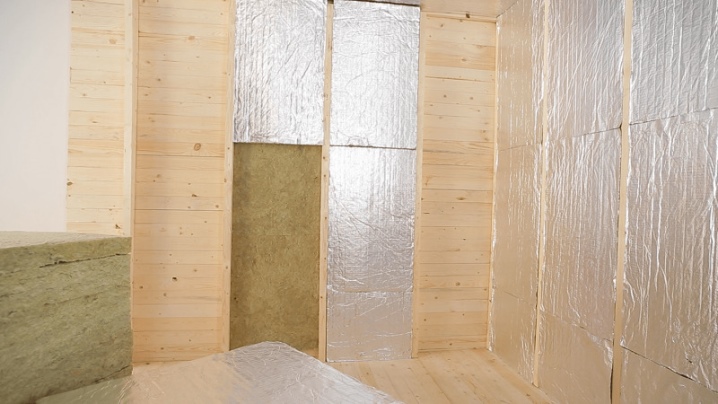
Paroc
The Finnish company for the insulation of housing produces a number of series of mineral wool.
- UNS 37 suitable for walls and floors, dimensions are 1220X610X50 mm. In this case, the thickness can vary from 35 to 175 mm.
- InWall can be used for all types of buildings.The sheets have the following parameters: length 1200 mm, width 600, thickness 30–250 mm.
- ROB designed for flat roofs and is available in 3 sizes: 1200–1800X600, 1200–1800X900 and 1800X1200 mm. The thickness ranges from 20–30 mm.
- Linio suitable for facades that are plastered. The standard sheet length is 1200 mm, width - 600, and thickness - 30-250 mm.
- GRS designed to cover the floors of the first floor, basement, basement. Sheet dimensions 1200 x 600 mm. Thickness values are presented in the range of 50-200 mm.
- "Extra" perfect for frame structures and has the following dimensions: 1170X610X42 / 150, 1200X600X50 / 100 and 1320X565X50 / 150 mm.
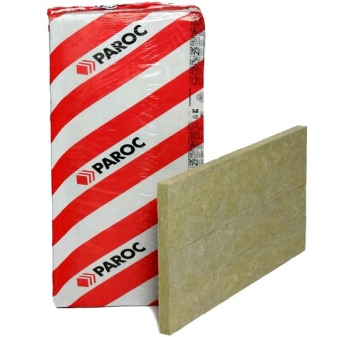
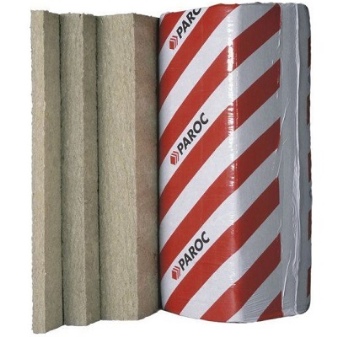
Nuances of calculation
To understand exactly how much material is needed for insulation, you will have to make some calculations and, when choosing, adhere to a number of rules. On packages of mineral wool, the volume of insulation in square meters is indicated. Based on this data, it is easy to understand how many rolls or sheets are actually required. However, it must be borne in mind that the material is capable of shrinking, and this implies laying with excess. We'll have to foresee this nuance in the calculations in advance. In order to save money, it is possible to leave a distance between the lags equal to the width of the plate plus 1–2 cm. Moreover, the dimensions of the material should be looked directly on the packaging, since they can vary greatly from company to company.
To insulate a house with mineral wool, it is necessary to calculate the entire area by multiplying the length by the width. In the event that a building has a complex shape, then it is divided into parts and the area of each of them is found. After that, the perimeter of the structure is calculated by summing the lengths of all its sides and multiplied by the height. The resulting value must be multiplied by 2 to get the floor and ceiling area. Now both values of the previously found areas are summed up. It remains to add another 15% for surplus and pruning. The resulting result shows quite accurately how many meters of insulation will be needed.
How many squares are there in 1 pack?
There are different numbers of sheets in the package of mineral wool. It turns out that the number of square meters of insulation will differ. These parameters may be different for each manufacturer.
For example, Rockwool's Rokfasad series assumes 1.2 m2 of insulation in a package, and Rockwool Light Butts - 20 m 2. TechnoNICOL has packs of 8.7 m 2 and 4.3 m 2 each, Paroc - 10.1 m 2, and Isobox - 12 m 2.
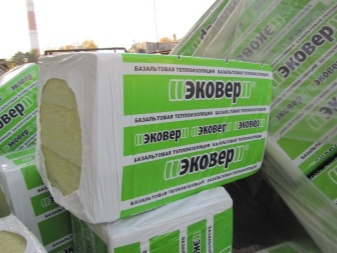
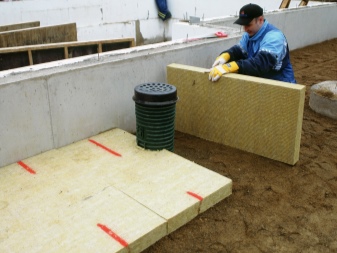













The comment was sent successfully.